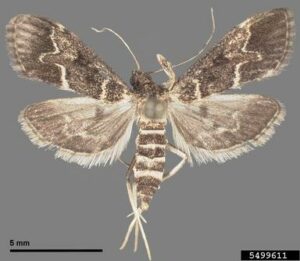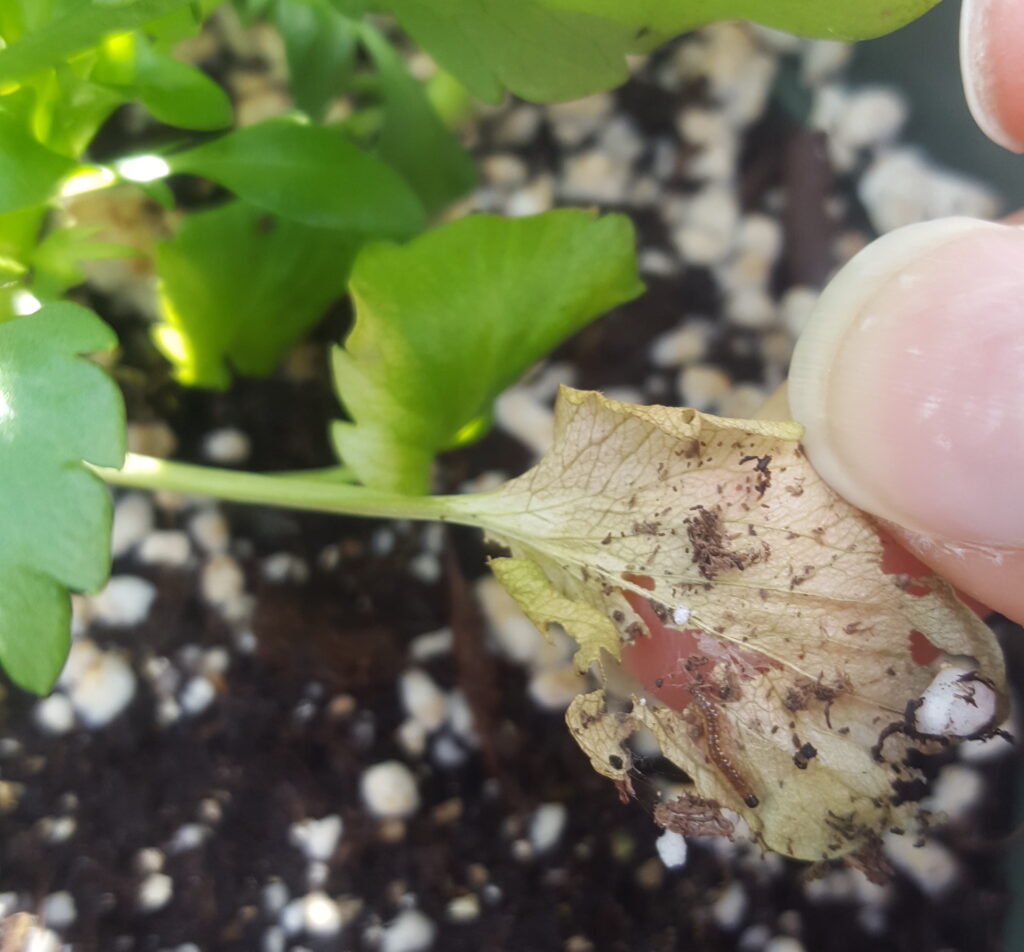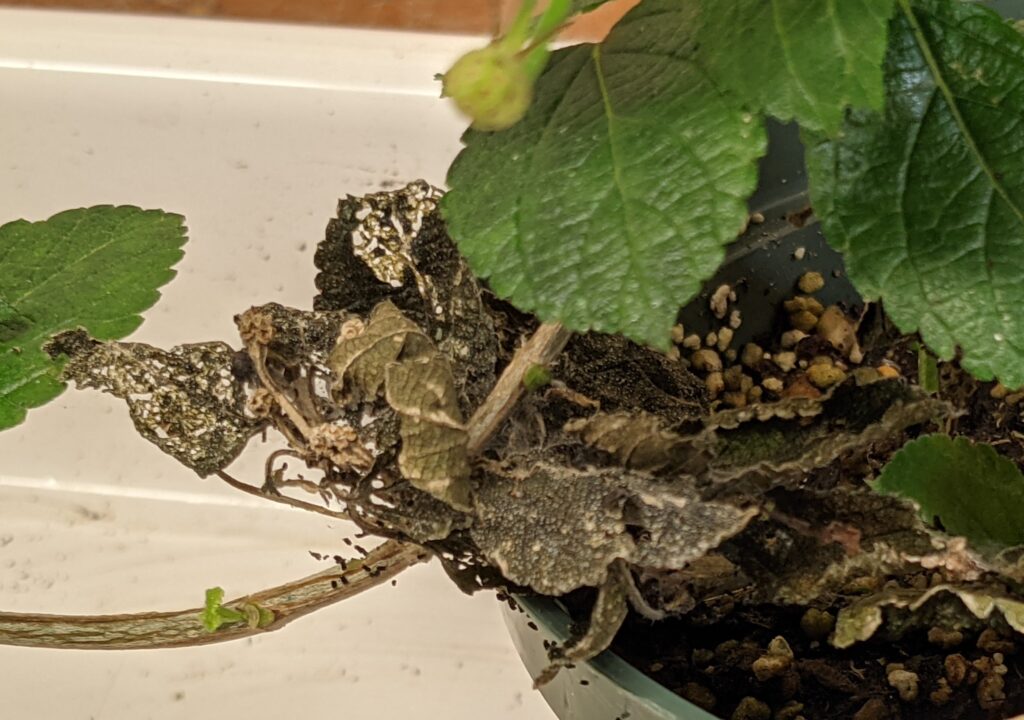Progress With European Pepper Moth
go.ncsu.edu/readext?876508
en Español / em Português
El inglés es el idioma de control de esta página. En la medida en que haya algún conflicto entre la traducción al inglés y la traducción, el inglés prevalece.
Al hacer clic en el enlace de traducción se activa un servicio de traducción gratuito para convertir la página al español. Al igual que con cualquier traducción por Internet, la conversión no es sensible al contexto y puede que no traduzca el texto en su significado original. NC State Extension no garantiza la exactitud del texto traducido. Por favor, tenga en cuenta que algunas aplicaciones y/o servicios pueden no funcionar como se espera cuando se traducen.
Português
Inglês é o idioma de controle desta página. Na medida que haja algum conflito entre o texto original em Inglês e a tradução, o Inglês prevalece.
Ao clicar no link de tradução, um serviço gratuito de tradução será ativado para converter a página para o Português. Como em qualquer tradução pela internet, a conversão não é sensivel ao contexto e pode não ocorrer a tradução para o significado orginal. O serviço de Extensão da Carolina do Norte (NC State Extension) não garante a exatidão do texto traduzido. Por favor, observe que algumas funções ou serviços podem não funcionar como esperado após a tradução.
English
English is the controlling language of this page. To the extent there is any conflict between the English text and the translation, English controls.
Clicking on the translation link activates a free translation service to convert the page to Spanish. As with any Internet translation, the conversion is not context-sensitive and may not translate the text to its original meaning. NC State Extension does not guarantee the accuracy of the translated text. Please note that some applications and/or services may not function as expected when translated.
Collapse ▲European pepper moth (Duponchelia fovealis) is a major, yet largely unrecognized, pest of nursery and greenhouse crops. This exotic pest has spread rapidly through the Southeastern US since becoming established in 2010. European pepper moth has become widespread in NC and throughout the Southeast since then.
We have a grant from USDA via the NCDA&CS to begin understanding the biology and management of this pest. We have been conducting insecticide trials to determine which are most effective. In addition we are investigating application techniques. Since this pest lives primarily at the soil surface but can also move into foliage or into the soil it will be important to figure out the best way to apply insecticides. For example, a simple foliar application probably will not reach the larvae in their webbing on the soil surface. Larvae may be able to escape drench applications to the soil by moving into the foliage. So far we are recommending ‘sprench’ applications. In this procedure insecticide is applied to the foliage but with larger droplets and volume so some of it drips down to the soil.
We have not completed our efficacy work but do have some results to share. First what DOES NOT work is pyrethroids. We have tested a couple different pyrethroid products with little to no efficacy using sprench applications. Insecticides that show promise include diamides such as chlorantraniliprole, cyclaniliprole, and cyantraniliprole. This relatively new class of insecticides are particularly effective for lepidopteran larvae and have been effective in reducing European pepper moth abundance. Another insecticide that targets lepidopterans is methoxyfenozide. We are continuing to evaluate insecticides and biological control agents for this pest.

Adult European pepper moth.
Kurt Ahlmark, Microlepidoptera on Solanaceae, USDA APHIS PPQ, Bugwood.org
Pheromone traps are available to monitor for European pepper moth. They only trap male moths so there is no risk of attracting females to your nursery. European pepper moth larvae feed on dozens of herbaceous and woody plant species. The larvae feed at or just below the surface of the potting media. They form loose webbing from the media to low leaves and branches. Because of this behavior they prefer plants with foliage touching the media or at least close to it.
The larvae are cream to light brown, less than an inch long, and live in silk webbing on or below the surface of the potting media. The larvae can be very difficult to find but if you find webbing assume the larvae are there and keep looking. European pepper moths damage plants when the larvae feed on leaves, flowers, stems, or roots. Damage to roots and stems cause symptoms, such as wilting or stunted growth, that are most commonly associated with drought or root diseases.





